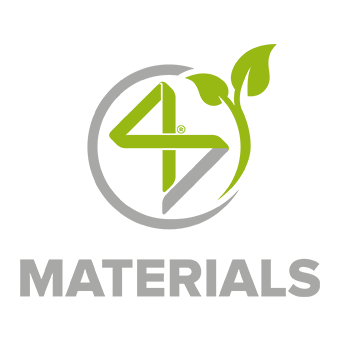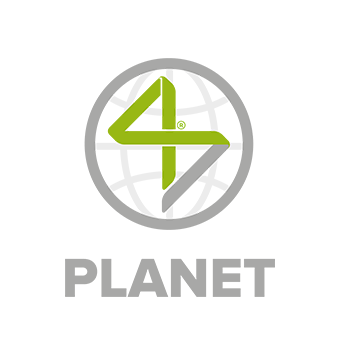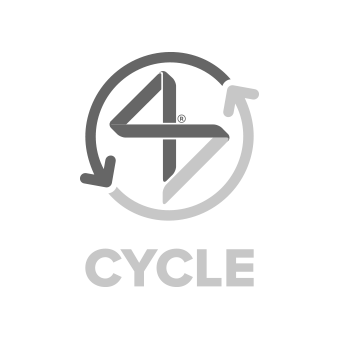
Lanificio Mario Bellucci SpaID Nr. 4S-100089e-report version 3.0

Lanificio Mario Bellucci was founded in 1950 in Prato, a large textile center located just a few kilometers from Florence. Already from the early 60’s, the company has been specialized in novelty fabrics, creating a large commercial market both in Italy and internationally. Each raw material, yarn, and finished textile are controlled with state of the art modern instruments, guaranteeing the maximum level of quality. Lanificio Mario Bellucci has always taken great pride in the research and styling of their creations. We have a team of designers with whom have vast knowledge and experience, able to develop exclusive collections and fabrics that meet technical requirements, both creative and economic based on input from our customers, and insuring that all is done with respect for ecological and environmental regulations. For years we have undertaken a “green” policy based not only on improving the quality of the textile, but also adopting process’s productivity to be sustainable and compatible with the Earth: a social responsibility which is important to be transposed in the first place from the business’s. Lanificio Mario Bellucci wants to guarantee a future with a dynamic and enthusiastic approach, where the creativity and invention always keep in mind the principals of the quality and tradition that accompany us since 1950.
www.mariobellucci.com
4SUSTAINABILITY® COMMITMENT
Growth and sustainability are the factors for which we want to stand out, founding our strategy on the belief that ethical approach should characterize our business model. We firmly believe there cannot be a long-term economic development without a social and environmental development.
Inspired to and aligned with the Sustainable Development Goals set by the United Nations in the 2030 Agenda (SDGs), we’re committed to contributing to the generation of global positive change, assuming a clear environmental and social responsibility.
We do it concretely by joining the 4sustainability® roadmap, making the values and action programs it embodies our own, committing ourselves to starting a virtuous change journey in our business model, through one or more initiatives that we tell in this e-report.
this initiative contributes to the following UN Sustainable Development Goals



DATA REFERENCE PERIOD
from 01/06/2023 to 31/05/2024
LAST ISSUE DATE
02/07/2024
IMPLEMENTATION LEVEL

the implementation level is defined after the assurance process following the achievement of the protocol’s minimum requirements and is reviewed annually
The company has mapped and assessed the raw materials used to manufacture its products and identified more sustainable alternatives protected by patent or otherwise attested, certified or validated as set out in the 4s Materials Library. The main certifications are displayed below.
The report highlights the purchases share calculated in volume, as well as the sustainable items share sold in the current year with recognized and verified positive sustainability attributes.

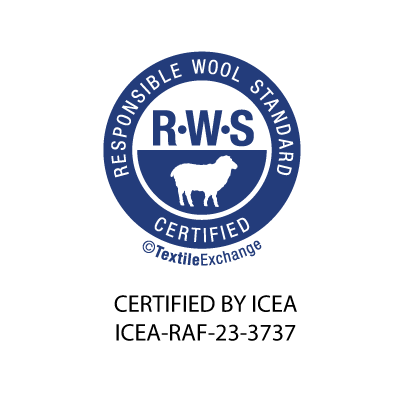

29%
percentage of preferred materials sourced
INPUT
The input percentage indicates the proportion of raw materials with recognized sustainability attributes. The calculation is performed by mapping the purchases made during the year and highlighting the share-volume of the sustainable ones based on the positive attributes as defined in the 4s Materials Library.
BREAKDOWN OF PREFERRED MATERIALS BY TYPE OF FIBRE
SUSTAINABLE PACKAGING
The sustainable packaging indicates the amount of primary or secondary packaging material for which the producer employed techniques and input factors that lead to an improvement in environmental performance.
14%
percentage of incoming sustainable packaging
N/A%
the percentage indicates the detail of the kg or meters processed internally by the company compared to the total internal production
elimination of toxic and harmful chemicals from production cycles in line with the ZDHC Roadmap to Zero Programme
this initiative contributes to the following main UN Sustainable Development Goals



LAST REPORT ABSTRACT
download the report abstract with the main KPIs collected during the last on site assurance performed; if present, the abstract also includes the ZDHC Foundational or Progressive Level Certificate
IMPLEMENTATION LEVEL

the implementation level is defined after the assurance process following the achievement of the protocol’s minimum requirements and is reviewed annually
The company has adopted the ZDHC MRSL for eliminating toxic and harmful chemicals from its processes and the 4S PRSL for raw material control. It has also implemented all the ZDHC CMS TIG requirements on internal and external processes.
CHEMICAL MANAGEMENT SYSTEM SCORE
86%
the percentage indicates the overall level reached through the implementation of 4s CHEM protocol requirements
ASSURANCE PROTOCOL
PRODUCTION VOLUMECOVERED BY MONITORED CHEMICALINVENTORIES
86%
percentage of internal and external production volumes monitored through chemical inventory assessments
EXTERNAL CHEMICAL INVENTORY EVALUATION
chemical inventory compliance percentages by self-declarations and by escalating ZDHC levels
WASTEWATER TESTING
WASTEWATER TESTING
ZDHC MRSL parameters following ZDHC Waste Waters Guidelines
wastewater compliance percentage; when in presence of “doesn’t meet requirements” slice, a Root Cause Analysis (RCA) has been performed and uploaded in ZDHC Gateway Waste Waters Module
PRODUCTION VOLUMECOVERED BY WASTEWATER TESTING
86%
percentage of internal and external production volumes whose wastewater has been tested following ZDHC Waste Waters Guidelines
this initiative contributes to the following UN Sustainable Development Goals



DATA REFERENCE PERIOD
from 01/01/2023 to 31/12/2023
LAST ISSUE DATE
04/12/2024
IMPLEMENTATION LEVEL
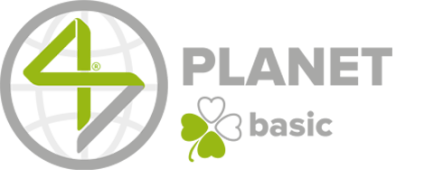
the implementation level is defined after the assurance process following the achievement of the protocol’s minimum requirements and is reviewed annually
The company has identified its main environmental impacts and implemented a calculation of its Water Footprint and/or Carbon Footprint and has started a roadmap for impact reduction on direct and indirect footprint.
MAIN ENVIRONMENTAL IMPACTS
The main company impacts are calculated starting from the direct ones. The calculation is then extended to include indirect impacts according to their order of relevance.
Consumption here on the side refers to an annual production of 1.485.840 meters.
CONSUMPTION
149.723,00Kwh
ELECTRIC ENERGY
25.185,64Kwh
THERMAL ENERGY
474,00mc
WATER VALUE
CO2eq (CARBON DIOXIDE)
379.628,65KG
total emission (e.g. energy and water consumption, waste, fuels, packaging...)
ENERGY
SOURCES
34%

OTHER
SOURCES
66%

FROM
SUPPLY CHAIN
0%

DIRECT USE
100%

INDIRECT USE
0%

WATER
474.000,00L
total consumption


